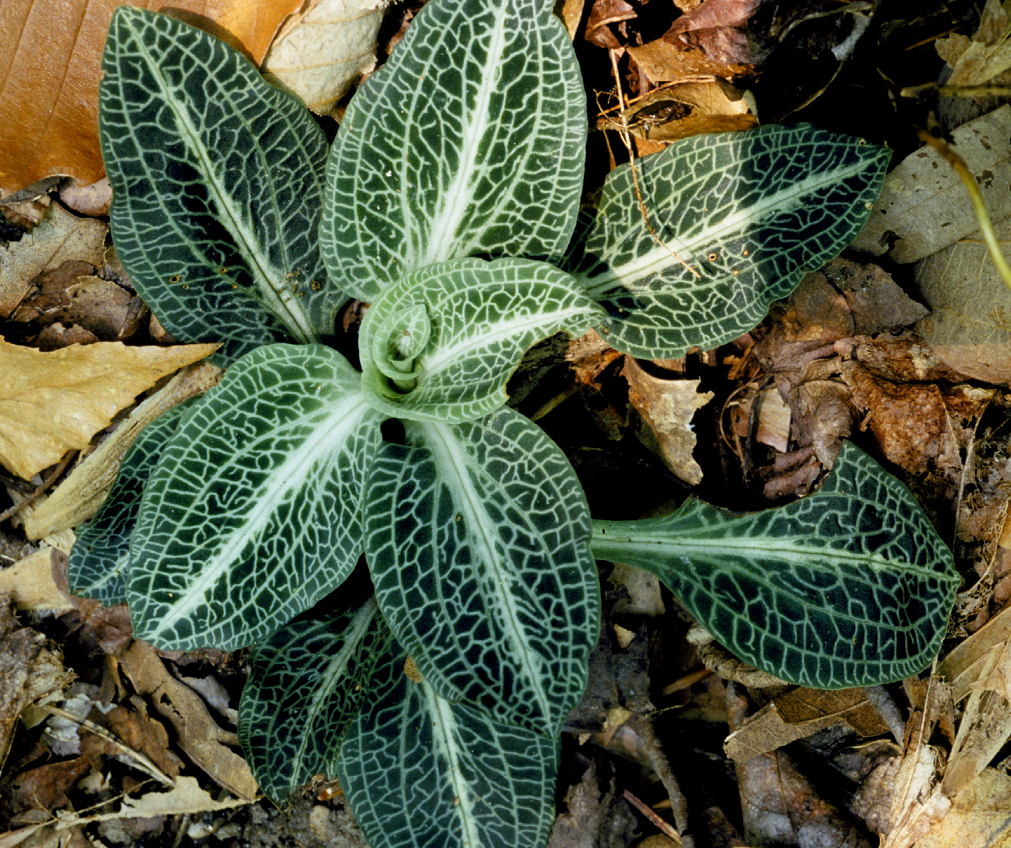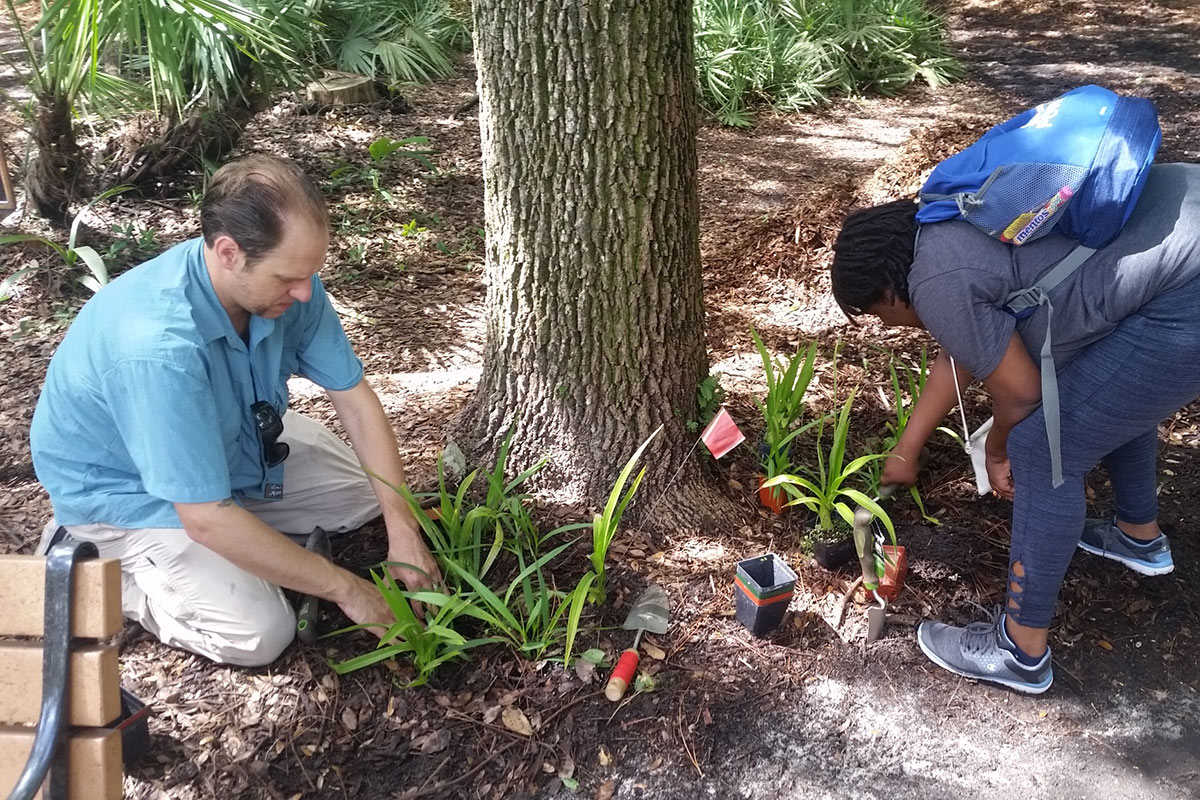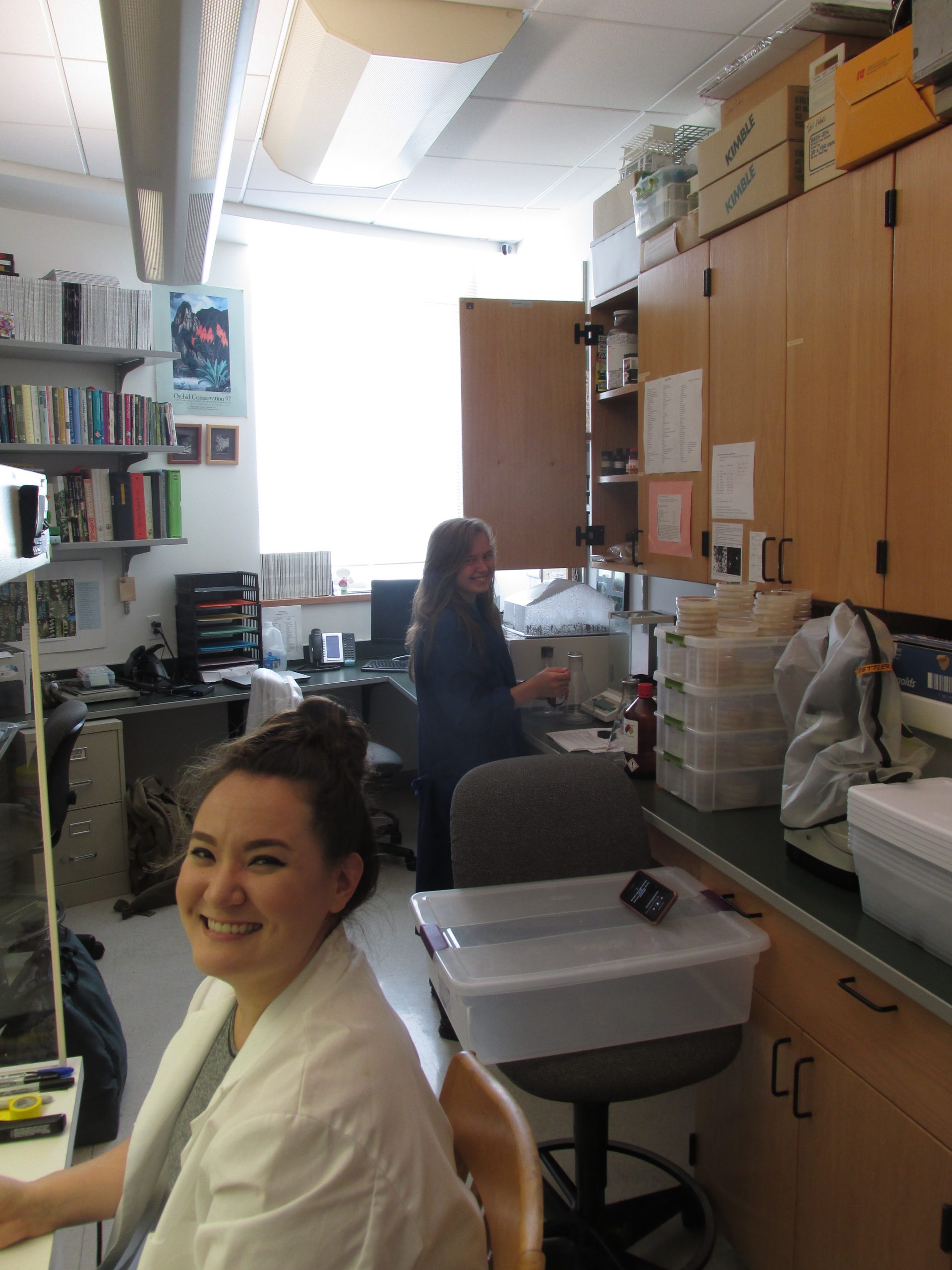Connecting With Orchids
North American Orchid Conservation Center
Based on information from
Julianne McGuinness, Program Development Coordinator,
and Dennis Whigham, Founding Director


Since its inception, NAOCC has connected more than 50 collaborating entities around North America, and is growing. NAOCC plays a variety of roles with regard to the many different types of partner groups, which vary from universities and botanical gardens to schools, independent botanists, and land trusts. For some, NAOCC is a research partner in guiding scientific trials, and for others, an educational resource or restoration consultant. The overarching leadership role, however, is to be a “bridge” – a communication facilitator and connector to bring the people and groups working on orchid conservation together to tap into the power of collaboration and move the collective efforts forward. Working alone, each initiative or project may make a “drop in a bucket” towards conserving native orchids for future generations, but working together, the collaborators can turn that drop into more powerful gallons or barrels.
NAOCC has had great success in building up the collection of both orchid seed and their mycorrhizal fungi in regional seed and fungal banks. The Smithsonian Environmental Research Center now has the largest living collection of orchid mycorrhizal fungi in the world – and NAOCC researchers are only starting to “scratch the surface” with regard to capturing the diversity and functionality of the mycorrhiza.

The interaction between orchids and mycorrhizal fungi is especially fascinating, and may be a key to conservation efforts. One of NAOCC’s goals is to obtain roots from all North American native orchid species within each physiographic province in each US state and Canadian province – with an objective to isolate, culture, and identify the specific mycorrhizal fungal species associated with all native orchids, and every life history stage. Thus far almost all of the orchid mycorrhizal fungi that have been identified using molecular techniques are new to science! NAOCC is making progress towards this goal through the assistance of Dr. Larry Zettler’s lab at Illinois College, which engages college students to assist with the isolation and identification of fungi from orchid roots sent from NAOCC collectors far and wide – including from volunteers of the Native Plant Trust in New England, Mt. Cuba Center in Delaware, land trusts and preserves in Wisconsin and Michigan, and so on. Indeed, Rach Helmich, a student in Dr. Zettler’s lab, recently paired mycorrhizal fungi with seeds of the white fringeless orchid (Platanthera integrilabia) – both stored for 28 years – to achieve successful germination.
Engaging with students in research labs isn’t the only educational connection NAOCC maintains. The Go Orchids website is an educational tool modeled after the Native Plant Trust’s Go Botany site – it is a “one-stop shopping” resource for the public and professionals alike to find information and identification detail about all of the native orchids of the US and Canada. It is now widely used and appreciated by citizen science volunteers, photographers, botanists, naturalists, landowners, and schools. NAOCC’s outreach work has expanded beyond the web, too. Orchids-in-the-Classroom is a new initiative – a collaboration between NAOCC, the Fairchild Botanical Garden, and Longwood Gardens to bring orchid science into middle and high schools in the Maryland and Washington, DC area and Miami. Students have helped develop propagation protocols for two native orchids – the downy rattlesnake plantain (Goodyera pubescens) and the pine pink orchid (Bletia purpurea). This program has been so successful with engaging students in hands-on orchid conservation science that NAOCC is now planning to develop the initiative into a nationwide curriculum.
Ensuring the conservation of more than 200 native orchids within the U.S. and Canada will be no easy feat. The task is now becoming easier with the connections NAOCC has developed in order to better understand these special temperate orchids and their unique connections to their habitats.